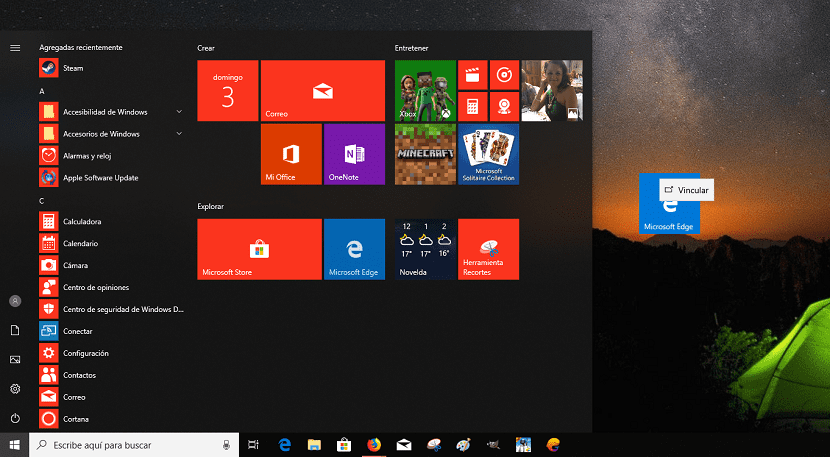
Depending on how we use our PC, our command center is likely to be the desktop. We can also choose the taskbar as the nerve center of our team, the best location that Windows 10 currently makes available to us, always leaving the files we are creating on the desktop before filing them in their corresponding folder.
But if you are one of the users who does not want to be looking for the taskbar where your favorite application is, or you use it for other purposes, in this article we are going to show you how create shortcuts to our favorite applications from the desktop, where they will finally stay.
First of all, we must bear in mind that it is not mandatory to have direct access to all the applications that we have installed, but that we must always place the minimum possible amount so that it is easy to find them without having to spend half an hour looking through the icons.
Create shortcuts
- First of all we must minimize or close all applications that are open on the desktop to make room to create the shortcut.
- To create a shortcut for any application, be it a third-party or a native one that comes installed with the version of Windows 10 that we have on our computer, first of all we must go to the menu where is, by clicking on the start menu.
- Next we go to the application in question, click with the left mouse button, and without releasing, the we dragged to the desktop. In previous versions of Windows, this meant deleting the original location, but with Windows 10 this has changed.
We can also create shortcuts to our favorite applications directly from the desktop, clicking with the right button of the mouse, selecting Create shortcut and searching our computer for its location, but to carry out this process, a broader knowledge of Windows is needed.